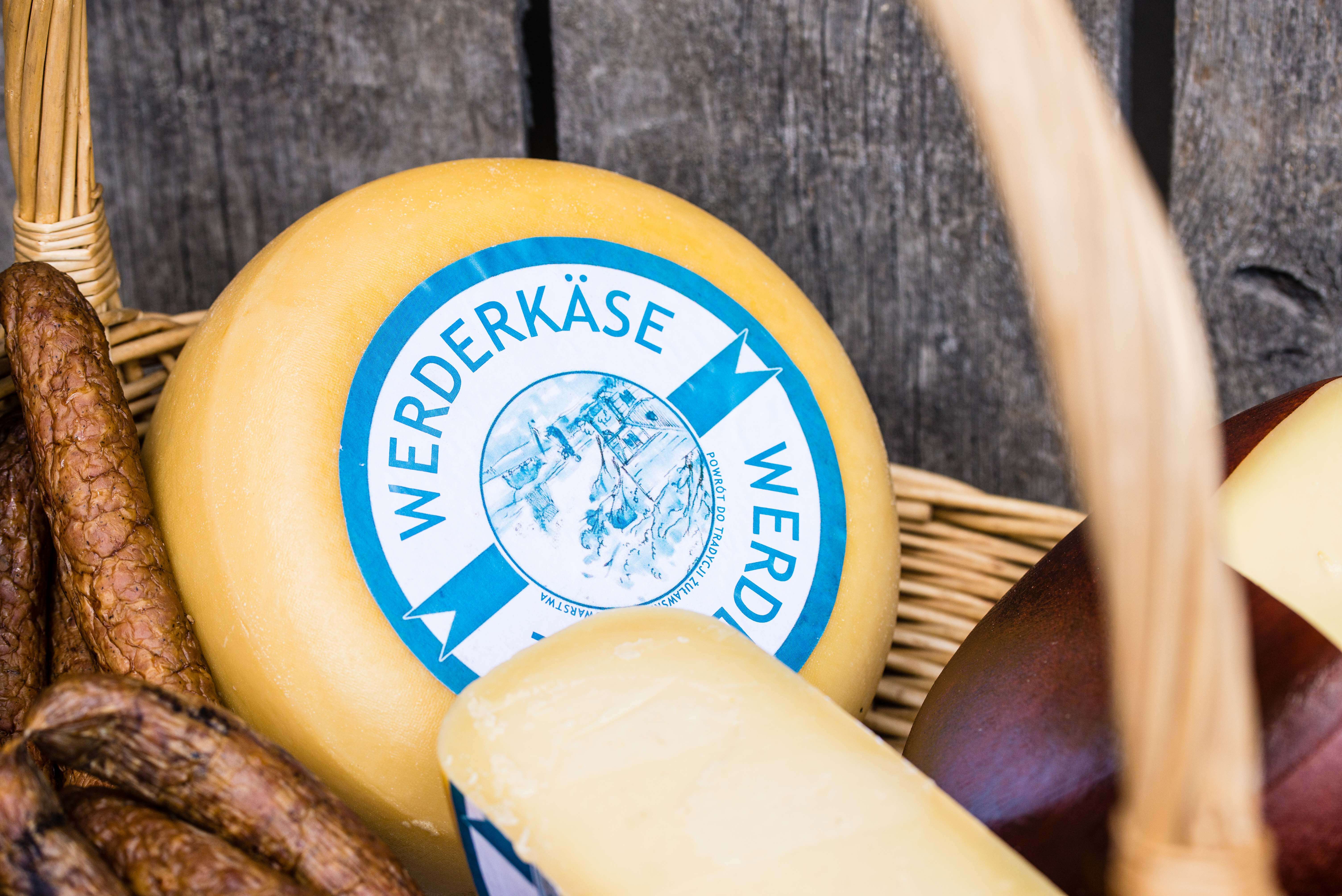Characteristic snow-white squares with countless ornaments, from colourful flowers, through doodles to battle scenes date back to the 14th century. And although they were originally from the Netherlands, they appeared in Żuławy region during the Mennonite times. Today, Dutch tiles are a reminder of former inhabitants of the region. As it turns out, there are people who with passion recreate the historical ornaments even today.
One of such passionates is Beata Grudziecka, who runs Stare Miasto ceramic workshop in the former building of Malbork Welcome Centre.
-My adventure with ceramics began years ago. I studied geography at the University of Gdańsk and I was doing quite an extensive research of the Nogat river watershed. This was the first time I had more to do with the Mennonite culture, and their heritage. And you need to know that Dutch presence in the region was quite significant. Firstly, they made a lot of effort to make the land habitable by future generations, by drying the local terrain. Since they settled here in great numbers, they brought elements of décor with them. To them, these items were something completely mundane – usual, every-day objects. For us, they are something completely unique – says Beata Grudziecka.




We are mainly talking about the Dutch tiles: characteristic, white-and-blue wall tiles, remains of which can be found in numerous houses throughout Żuławy region, mainly arcaded ones, but not only.
Stare Miasto workshop in Malbork allows us to see historical Dutch tiles, as well as it allows us to make our own. – Each handicraft item has unique traits. I do everything myself, from scratch. From a clumsy lump, I create vessels or figures. The same goes for tiles. I create them from scratch, roll them and cut them out. I also create regional jewellery that is based on tile ornamentation. It is the first such jewellery of this kind in the region – says Beata Grudziecka.




Stare Miasto workshop also organises on a regular basis classes in ceramics. During the week, the tiles are made by the young ones, and in the weekend – entire families sit down and play with clay. There are many different workshops and classes available – from making windmill figures to creating Dutch tiles. Here, there are two different kinds of workshops: first will teach you how to decorate ready tiles with ceramic paint. After such a workshop, the tiles are ready to be taken home. The other type of workshop takes more time, because it teaches how to paint the white enamel with cobalt oxide. Such tiles need to be put in a special stove, heated to 1060 degrees Celsius. They are then cooled for more than twelve hours, and are ready for pick up the following day.


Visiting Stare Miasto ceramic workshop in Malbork also gives a unique opportunity to travel to the land of arts and history. Each element prepared by Beata Grudziecka has its extraordinary appeal, and each is different. This is the magic of handicraft.
Contact:
Pracownia Ceramiczna Stare Miasto
Kościuszki 54, Malbork
phone,: +48 510 916 775
e-mail: ceramika.malbork@wp.pl
































